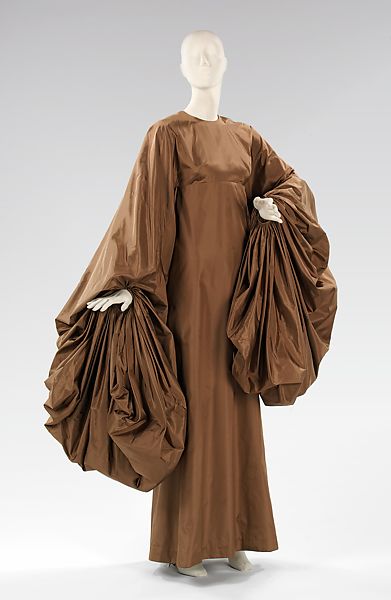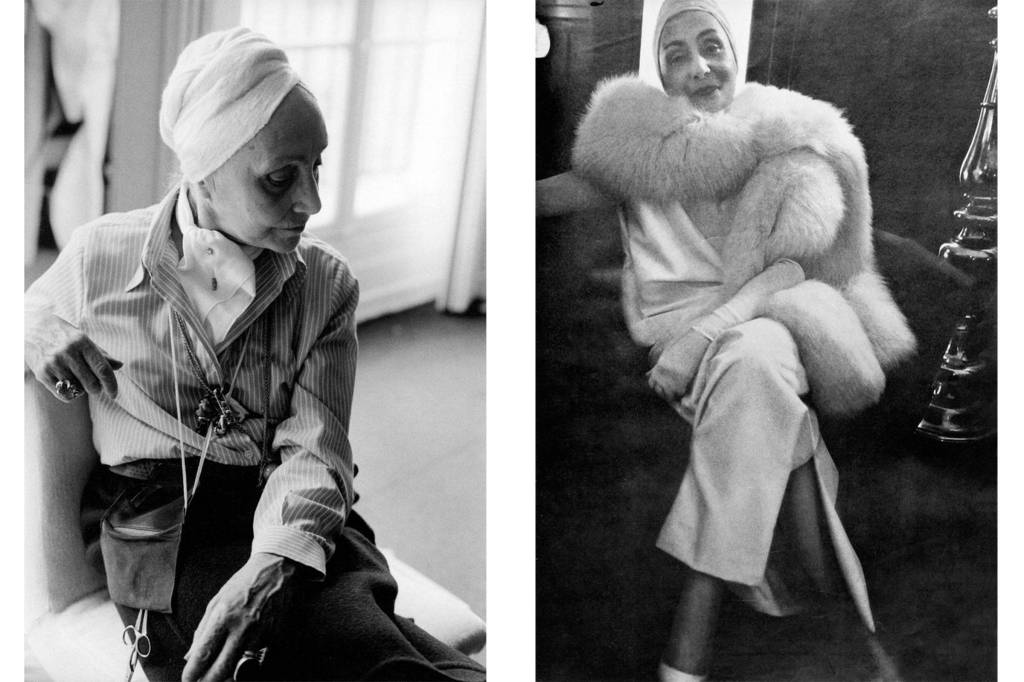Born: Paris, France, 1903
Died: South of France, 1993

‘Grès: the supreme dressmaker at the top of her form. Completely modern – sexy, romantic without a trace of nostalgia… a feeling for splendour and mystery. Her cuts are dreams of invention… cloth made to move like the extension of a gesture,’ observed American Vogue in 1964 of the couturière. Madame Grès trained as a sculptor, studying painting and sculpture in Paris, and served a three-month apprenticeship with the designer Premet in 1930. She worked under the name ‘Alix’ until 1942 when she adopted her husband’s name – he was called Serge Czerefkov, but signed himself Grès. Madame Grès opened her couture in 1934, which initially consisted of three rooms on rue de Miromesnil, but she soon moved to a three-storey building on avenue Matignon. It was called the house Alix, on the suggestion of her financial backers. When war broke out in 1940 Madame Grès left Paris. She told Vogue in 1984, ‘During the war I was in the mountains, the Pyrenees, and I made my own dummies with hay, a bit of wood and a tin. I bought fabric from the market and carried on draping clothes.’ After the war she re-established herself as Madame Grès instead of her tradename, Alix, and continued to design along the same lines, taking inspiration from Grecian drapes.

In 1966 Vogue recorded a memorable meeting between Madame Grès and Barbara Streisand for a photoshoot with Richard Avedon. ‘Grès arrives and a remarkable romantic confrontation it turns out to be: a meeting of two arts, generations, and continues; one epitomizes France, the other all we think of as American. Madame Grès, elegant, luminous, composed, Streisand, fluid, flamboyant and posed; one in classic sweater, skirt, turban and pearls, the other in a huge flowing poncho, a white coif, looking as though she had been designed by Le Corbusier.’

Notoriously secretive, her death was concealed from the public until the following year, when an exhibition dedicated to her design was held at the Metropolitan Museum of Art, New York. Cecil Beaton once commented: ‘She made a Greek dress in a way no Greek could ever have imagined and turned her customers into moving sculptures.’


